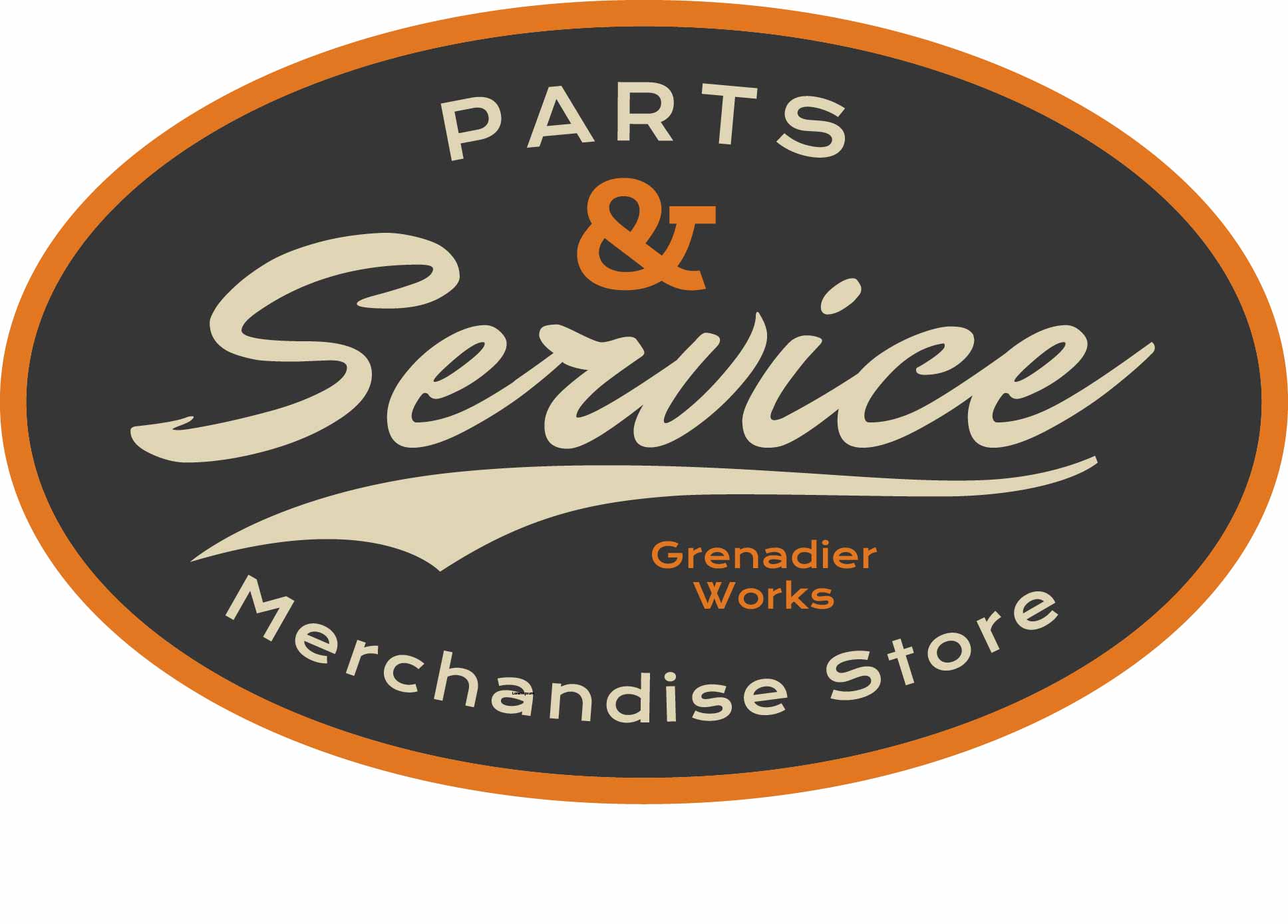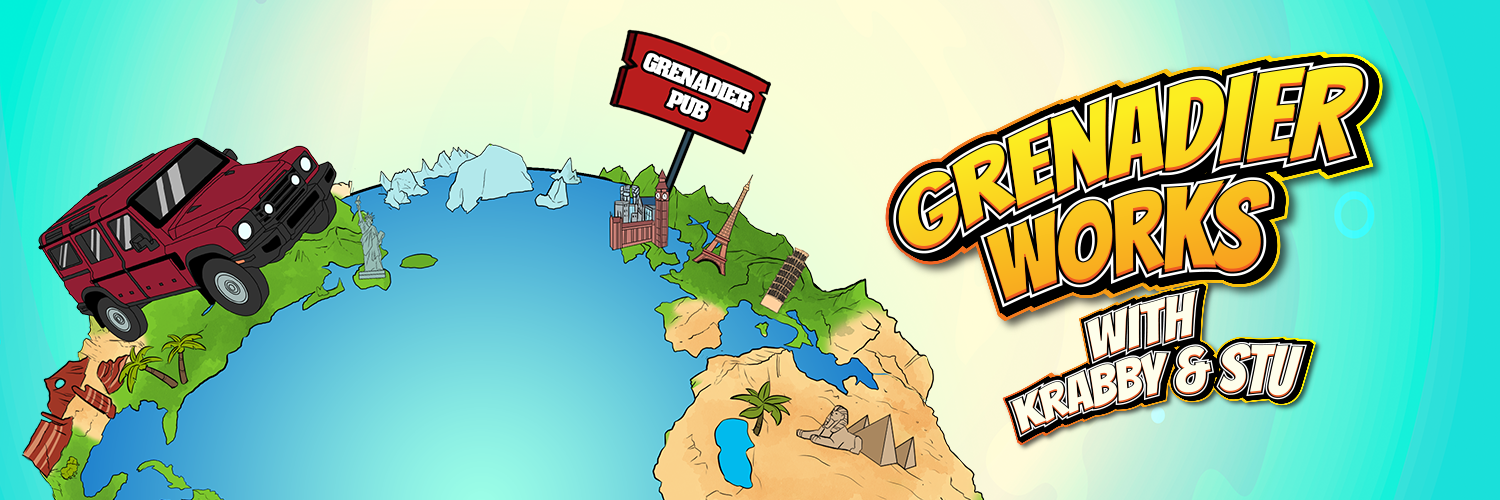I have really appreciated members of this forum from all over the world participating in English - so I'd like to try to help out.
"Play" in the steering refers to the following: you are driving straight down the road with no intention of turning left or right, but you can move the steering wheel a little bit to the left and a little bit to the right without it have any effect on the front tires - they still point straight.
The opposite of play is
"tight" steering, in which any small input to the steering wheel directly results in change to the direction of the front tires.
Vehicles with "rack and pinion steering" tend to have tight steering, while vehicles with "recirculating ball steering" tend to have
some play. This is by design. When driving a sports car through turns, one wants tight steering. However, when off road, tight steering results in too much feedback being delivered from the front tires to the steering wheel, in the form of the steering wheel violently jerking in one direction or another. This is exhausting for the driver, and can even result in the driver suffering minor injury. Recirculating ball steering reduces this feedback. In addition, recirculating ball steering is much more durable when subjected to off road use.
How much play there is can be measured (roughly). Can you turn the wheel an inch in one direction without it affecting the tires? Two inches?
How much play is
acceptable is subjective, and varies from one person to another.
In a recirculating ball set up, play can increase over time as various parts in the steering system get worn: the steering box itself, the ball joints, and the bushings in the front end are all prime candidates for wear. The rate at which these things get worn depends on how the vehicle is driven. Putting larger tires on a vehicle dramatically increases the rate at which they will get worn.
The diagram below is from a Jeep JK, but the set up is quite similar to the Grenadier. There are bushings at the ends of the tie rod and drag link, and these seem to be most vulnerable to wear, resulting in increased play in the steering. You can't see the ball joints in this diagram, but quality of ball joints varies dramatically. For example, stock ball joints in the Ram 2500/3500 and stock ball joints in Jeep Wranglers tend to wear quickly, while some aftermarket ball joints (e.g. Carli, Dynatrac) are much more robust, and come with a lifetime warranty.
View attachment 7803080
Info on Jeep JK ball joints here (location and function similar to Grenadier):
https://jeeprunner.com/best-jeep-jk-ball-joints/
In a Jeep Wrangler, the amount of play in the steering can be reduced by increasing the strength of the steering box and its mountings, the strength of the front end components (tie rod, drag link, track bar), increasing the quality of the ball joints, and the quality of the bushings. All of this can be done through the aftermarket, due to the number of people who up-size their tires.
Most of the front end components in the Grenadier seem very strong, so there probably won't be much room for improving those. We know nothing about the quality of the ball joints and bushings, so that - at this point - is an unknown variable. There may be aftermarket solutions to play in the Grenadier's steering, or most buyers may decide that the amount of play is acceptable.




